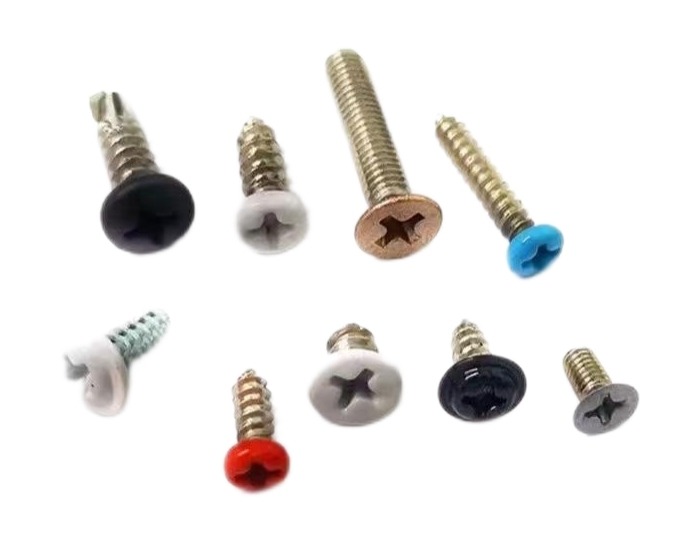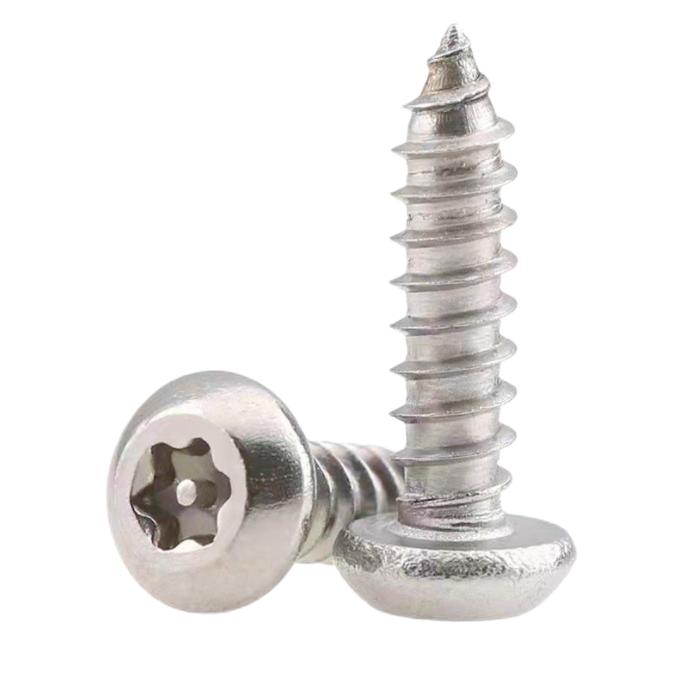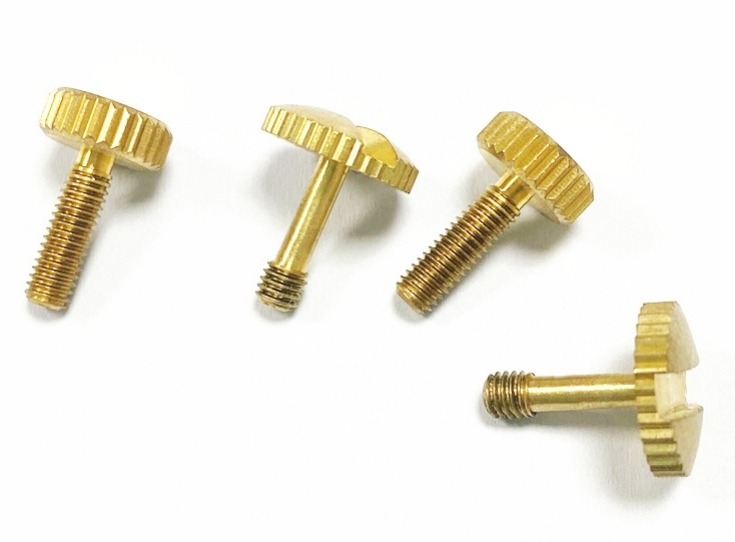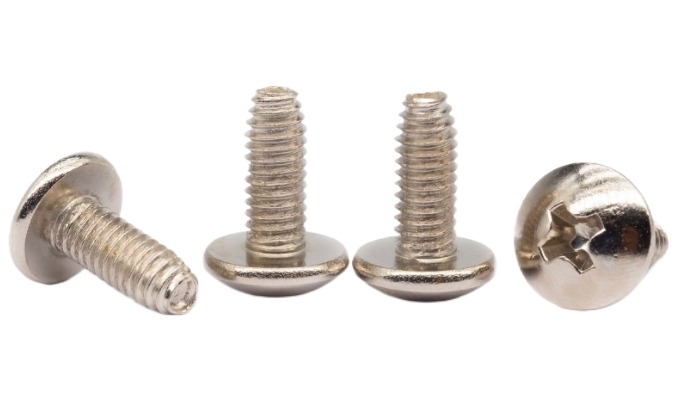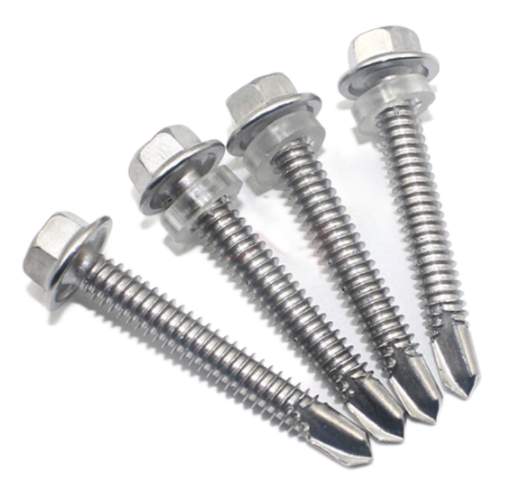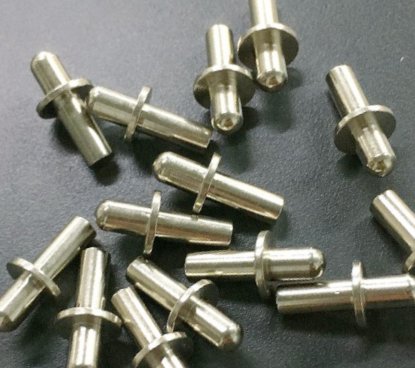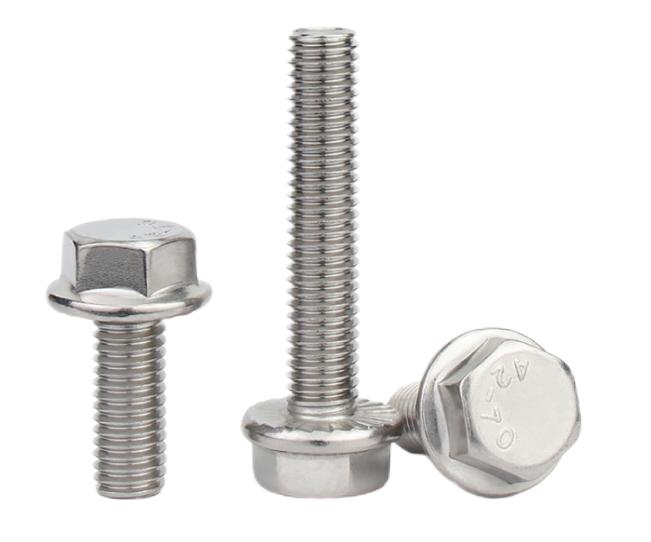Key Points Of Forging Process Used In Manufacturing Of Fasteners
Forging is commonly used in fastener manufacturing processes. The precision forging process with the advantages of high efficiency, low cost, low energy consumption and high quality, has been more and more widely used.
Definition Of Forging Process In Manufacturing Of Fasteners
Forging is a processing method that uses forging machinery to exert pressure on the metal blank for generating plastic deformation to obtain forge piece with certain mechanical properties, shape and size.
Forging can eliminate defects such as as cast porosity produced in the smelting process of metal, optimize the microstructure. At the same time, because the complete metal flow line is preserved, the mechanical properties of forge piece are generally better than those of casting piece with the same material. For the important fastening parts with high load and severe working conditions in relevant machinery, forged piece are mostly used except for the plates, profiles or weldments with simple shapes that can be rolled.
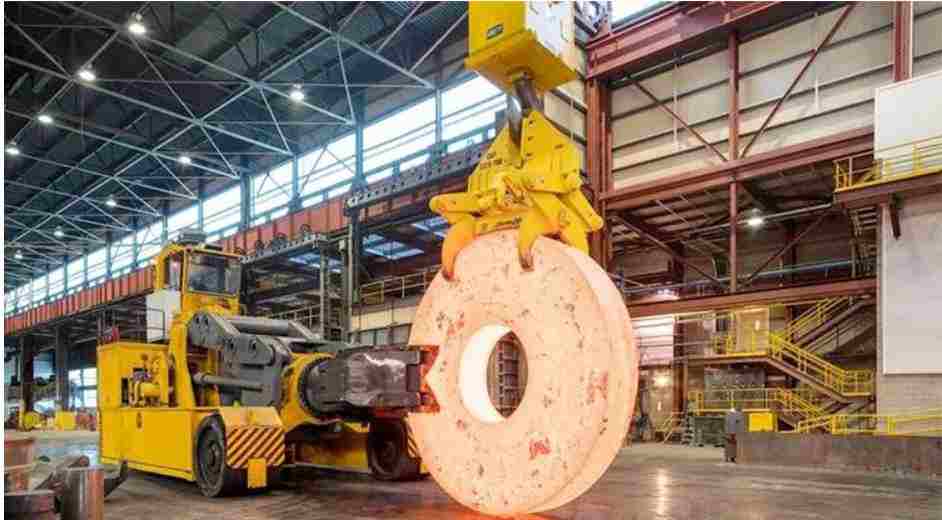
Materials Of Forging Process In Manufacturing Of Fasteners
Materials in manufacturing of fasteners used in forging process, are mainly carbon steel and alloy steel with various components, followed by aluminum, magnesium, copper, titanium and their alloys. Deformed alloys such as iron-based superalloys, nickel-based superalloys, and cobalt-based superalloys, are also completed by forging process or rolling process. There are strict requirements for the heating temperature, opening forging temperature and final forging temperature of different materials.
Correct selection of forging ratio, reasonable heating temperature and holding time, reasonable initial and final forging temperature, reasonable deformation amount and deformation speed, have a great impact on improving product quality and reducing costs.
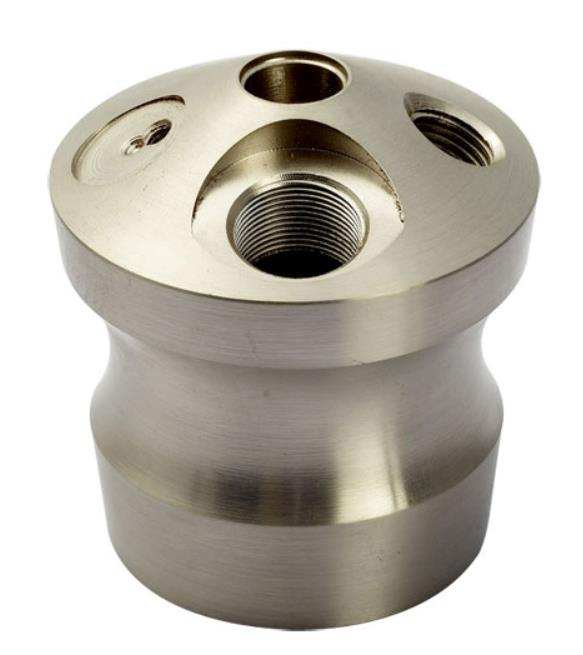
Commonly Used Forging Process Methods In Manufacturing Of Fasteners
1. Self-forging
Self forging refers to the processing method of forging by using simple universal tools or directly applying external force on the blank between the upper and lower anvils of the forging equipment to deform the blank and obtain the required geometric shape and internal quality.
Advantages of Self-forging
a.The forging method has great flexibility, which can produce small fastener parts less than 100kg and heavy parts up to 300t.
b.The tools used are simple general tools. Low requirements for forging equipment accuracy.
c.The production cycle is short.
Shortcomings of Self-forging
a.The production efficiency is much lower than that of die forging.
b.Forged piece have simple shape, low dimensional accuracy and rough surface; The labor intensity of workers is high and the technical level is also high.
c.It is not easy to realize mechanization and automation.
2. Die Forging
Die forging refers to the forging method of obtaining forgings by using dies to shape the blank on special die forging equipment. The forged parts produced by this method are accurate in size, small in machining allowance, and relatively complex in structure, high in productivity.
Advantages of Die Forging
a.High production efficiency. During die forging, the metal deformation is carried out in the die chamber, so the required shape can be obtained quickly.
b.It can forge fastener parts with complex shapes, making the metal streamline distribution more reasonable, and improve the service life of parts.
c.The parts produced through die forging method, have accurate size, good surface quality and small machining allowance.
d.Save metal materials and reduce cutting workload.
e.Under the condition of sufficient batch, the cost of fastener parts can be reduced.
Shortcomings of Die Forging
a.The weight of the piece is limited by the capacity of general die forging equipment, most of which are below 7OKg.
b.The manufacturing cycle of forging die is long and the cost is high.
c.The investment cost of die forging equipment is larger than that of self forging.
3. Roll Forging
Roll forging is a forging process that uses a pair of oppositely rotating fan-shaped dies to produce plastic deformation of the blank, so as to obtain the required forging piece or forging blank.
Advantages of Roll Forging
a.Simple structure
b.Low vibration and noise
c.Easy to realize automation
d.High production efficiency
4. Loose Tooling Forging
Loose tooling forging is a forging method that uses the free forging square method to blank, and then finally forms in the die. It is a forging method between self forging and die forging. It is widely used in small and medium-sized enterprises with less die forging equipment.
Advantages of Loose Tooling Forging
a.Because the blank is formed in the die chamber, the forging size is relatively accurate and the surface is relatively smooth. The distribution of streamline structure is relatively reasonable, so the quality is high.
b.Loose tooling forging can forge parts with complex shapes. Because the shape of the forge pieces is controlled by the die chamber, the blank forming is faster and the productivity is 1~5 times higher than that of the self forging.
c. The machining allowance is small, which can save metal materials and reduce machining hours.
Shortcomings of Loose Tooling Forging
a.It needs forging hammer with large tonnage.
b.Only small forge piece can be produced.
c.The service life of mold low.
d.It is used to produce medium and small batches of forged pieces.
Summary
This article mainly introduces the important knowledge about forging process, including definition, materials, and commonly used methods, which can do a favor in choosing the suitable forging methods for the manufacturing of fasteners.

